An Integrated Decision Support System for Improving Wildfire Suppression Management
Abstract
:1. Introduction
2. State of the Art
3. Proposed SOLUTION
3.1. System Requirements
- Displaying Feature Layers, developed on ArcGIS Desktop and published on ArcGIS Online’s feature services, allowing users to work locally with various operational data shown in layers;
- Working offline and synchronizing modifications at any time with ArcGIS Online’s feature services;
- Allowing the open/add/removing of attachments associated with features (for example, pictures);
- Connecting to a multi-sensor device in real-time;
- Visualization of data from a multi-sensor device on the user interface (UI);
- Generation alerts based on the real-time data;
- Use of GIS functionalities to support the management of fire-fighting assets.
3.2. Study Area and Data
3.3. Architecture of the Decision Support System
- (1)
- The maps and Feature Layers are hosted on ArcGIS Online. An ArcGIS Online feature service was published using the ArcGIS Desktop software suite, with Feature Layers designed to store operational data. By providing an API, it can be used by multiple client applications establishing a collaborative platform of users that share data between themselves in near real-time, which is critical in a wildfire scenario. This API will also be critical for integrating external services that can benefit from the provided data, such as FSP that can improve their accuracy with its data, or monitoring dashboard that will offer a different visualization experience. Its Feature Layers store multiple types of data, such as: (i) the obstacles on the road that might influence routes generation; (ii) the vehicles position and state, represented by different symbology for whether a certain vehicle is in a normal state or in danger; (iii) the water supply locations that are important during fire fighting for vehicles to refuel, and; (iv) the fire-front severity and location;
- (2)
- The mobile application synchronizes itself with the ArcGIS Online feature service and allows the user to interact with the operational data providing GIS functionalities to properly analyze and manage this data. It also provides dashboards to let the user visualize the operational data and make a better assessment of the circumstances related to a wildfire, as well as alerts on the safety of firefighting assets. A road network dataset was developed using the ArcGIS Desktop software which is provided in a file geodatabase stored on the client application device’s local storage, to allow the user to generate routes between multiples places or find the closest water supply location, even without an internet connection. Everything is stored on a local sync-enabled geodatabase file that is periodically synchronized with the ArcGIS Online’s feature services to pull or push the most recent data. This is critical for ensuring that the client application can work in a disconnected environment, so as to not compromise the operational response;
- (3)
- The multi-sensor device is an important part of this system that provides critical sensor data to help assess current circumstances in the field. Its main use-case is to geolocate firefighting assets whilst monitoring parameters, such as the concentrations of oxygen and carbon monoxide inside the vehicle and its surroundings, air temperature, and humidity. It also acquires infrared data, generating thermal images from a region affected by a wildfire to identify potential reignition spots. The client application generates alerts based on this sensor data that can be lifesaving in some situations, for example, a tractor operator working in a low-oxygen environment.
3.4. Overview of the Mobile Client Application and Feature Service
- the “pre-planned workflow”, where the map author defines a map area and generates an offline map ahead of time that can be later downloaded and taken to the field bullet; or
- the “On-demand workflow”, where the field users can specify the map areas to which they want offline access, together with the details and a base map that can be download to their device in advance. This can be done at any connectivity moment, without the need to previously prepare map areas.
- Alerts area: allows the user to get access to alerts regarding vehicles in danger or abnormal sensor readings from the multi-sensor device, possibly indicating dangerous situations.
- Map area: displays a map and provides a set of GIS features that allow the user to manipulate geographical data associated with it, such as adding, editing, or deleting features, adding or removing attachments, generating routes between locations, etc.
- Data Visualization area: allows the visualization of data associated with features on the map. It is prepared to display data, such as sensor readings, from the multi-sensor device and information about the vehicles associated with features on the map. It also allows for generating some relevant statistics, such as the number of vehicles in a particular county.
3.5. Overview of the Multi-Sensor Device
- Alarm mode: in this operating mode, the multi-sensor device is used to monitor the status of the vehicle equipped, i.e., the O2 and CO levels inside and outside the vehicle, the O2 levels in the engine admission, and the temperatures surrounding the vehicle.
- Thermal Mapping mode: in this operating mode, the module is used to find reignition spots. It does that by using a multi-pixel thermal IR sensor, capable of providing an array of temperatures that are later used to generate a thermal map of the area it is pointed at.
4. Results and Discussion
4.1. The Application
4.2. The Multi-Sensor Device
5. Conclusions
Author Contributions
Funding
Institutional Review Board Statement
Informed Consent Statement
Data Availability Statement
Acknowledgments
Conflicts of Interest
References
- Why GIS Is Important for Fire and EMS Agencies. [ebook] ESRI. 2021. Available online: https://www.esri.com/en-us/lg/industry/public-safety/fire-service-ebook (accessed on 22 May 2021).
- PORDATA—Rural Fires and Burnt Area—Mainland. Available online: https://www.pordata.pt/en/Portugal/Rural+fires+and+burnt+area+-+Mainland-1192 (accessed on 22 May 2021).
- Ferreira-Leite, F.; Ganho, N.; Bento-Gonçalves, A.; Botelho, F. Iberian atmospheric dynamics and large forest fires in mainland Portugal. Agric. For. Meteorol. 2017. [Google Scholar] [CrossRef]
- Chuvieco, E.; Mouillot, F.; van der Werf, G.R.; San Miguel, J.; Tanase, M.; Koutsias, N.; García, M.; Yebra, M.; Padilla, M.; Gitas, I.; et al. Historical background and current developments for mapping burned area from satellite Earth observation. Remote Sens. Environ. 2019, 225, 45–64. [Google Scholar] [CrossRef]
- Pereira-Pires, J.E.; Aubard, V.; Ribeiro, R.A.; Fonseca, J.M.; Silva, J.M.N.; Mora, A. Semi-Automatic Methodology for Fire Break Maintenance Operations Detection with Sentinel-2 Imagery and Artificial Neural Network. Remote Sens. 2020, 12, 909. [Google Scholar] [CrossRef] [Green Version]
- Pultar, E.; Raubal, M.; Cova, T.J.; Goodchild, M.F. Dynamic GIS Case Studies: Wildfire Evacuation and Volunteered Geographic Information. Trans. GIS 2009. [Google Scholar] [CrossRef]
- Smith, A.K.; Dragićević, S. A four-dimensional agent-based model: A case study of forest-fire smoke propagation. Trans. GIS 2019. [Google Scholar] [CrossRef]
- Diretiva Operacional Nacional. Dispositivo Especial de Combate a Incêndios Rurais 2021. Available online: http://www.prociv.pt/bk/PROTECAOCIVIL/LEGISLACAONORMATIVOS/OUTROSNORMATIVOSDIRETIVAS/Documents/DON_2_DECIR_2021.pdf (accessed on 29 June 2021).
- Filkov, A.; Duff, T.; Penman, T. Improving Fire Behaviour Data Obtained from Wildfires. Forests 2018, 2, 81. [Google Scholar] [CrossRef] [Green Version]
- Beighley, M.; Hyde, A. Portugal Wildfire Management in a New Era: Assessing Fire Risks, Resources and Reforms 2018. Available online: https://www.isa.ulisboa.pt/files/cef/pub/articles/2018-04/2018_Portugal_Wildfire_Management_in_a_New_Era_Engish.pdf (accessed on 29 June 2021).
- Pereira, M.G.; Trigo, R.M.; da Camara, C.C.; Pereira, J.M.; Leite, S.M. Synoptic patterns associated with large summer forest fires in Portugal. Agric. For. Meteorol. 2005, 129, 11–25. [Google Scholar] [CrossRef]
- Trigo, R.M.; Sousa, P.M.; Pereira, M.G.; Rasilla, D.; Gouveia, C.M. Modelling wildfire activity in Iberia with different atmospheric circulation weather types. Int. J. Climatol. 2016, 36, 2761–2778. [Google Scholar] [CrossRef]
- Sakellariou, S.; Tampekis, S.; Samara, F.; Sfougaris, A.; Christopoulou, O. Review of state-of-the-art decision support systems (DSSs) for prevention and suppression of forest fires. J. For. Res. 2017. [Google Scholar] [CrossRef]
- Abedi Gheshlaghi, H.; Feizizadeh, B.; Blaschke, T.; Lakes, T.; Tajbar, S. Forest fire susceptibility modeling using hybrid approaches. Trans. GIS 2021, 25, 311–333. [Google Scholar] [CrossRef]
- Zhu, L.; Song, W.; Li, Q. Construction of Emergency Decision System Based on GIS. In Proceedings of the 2009 Pacific-Asia Conference on Knowledge Engineering and Software Engineering, Shenzhen, China, 19–20 December 2009; pp. 171–174. [Google Scholar] [CrossRef]
- Kalabokidis, K.; Athanasis, N.; Gagliardi, F.; Karayiannis, F.; Palaiologou, P.; Parastatidis, S.; Vasilakos, C. Virtual Fire: A web-based GIS platform for forest fire control. Ecol. Inform. 2013, 16, 62–69. [Google Scholar] [CrossRef]
- Kalabokidis, K.; Ager, A.; Finney, M.; Athanasis, N.; Palaiologou, P.; Vasilakos, C. AEGIS: A Wildfire Prevention and Management Information System. Nat. Hazards Earth Syst. Sci. 2016, 16, 643–661. Available online: https://www.fs.usda.gov/treesearch/pubs/52996 (accessed on 29 June 2021). [CrossRef] [Green Version]
- Noble, P.; Paveglio, T.B. Exploring Adoption of the Wildland Fire Decision Support System: End User Perspectives. J. For. 2020, 118, 154–171. [Google Scholar] [CrossRef]
- Noonan-Wright, E.K.; Opperman, T.S.; Finney, M.A.; Zimmerman, G.T.; Seli, R.C.; Elenz, L.M.; Calkin, D.E.; Fiedler, J.R. Developing the US wildland fire decision support system. J. Combust. 2011. [Google Scholar] [CrossRef]
- Calvão, A.R.; Carvalho, F.; Marques, F. Decision support system for forest fires firefighting in Águeda municipality. In Proceedings of the 2015 10th Iberian Conference on Information Systems and Technologies, Aveiro, Portugal, 17–20 June 2015. [Google Scholar] [CrossRef] [Green Version]
- MacFire, ESRI StoryMaps, ESRI Portugal. Available online: https://www.arcgis.com/apps/Cascade/index.html?appid=2d2506bde8a943c191544191058be4bc (accessed on 29 June 2021).
- Farahmand, A.; Stavros, E.N.; Reager, J.T.; Behrangi, A. Introducing Spatially Distributed Fire Danger from Earth Observations (FDEO) Using Satellite-Based Data in the Contiguous United States. Remote Sens. 2020, 12, 1252. [Google Scholar] [CrossRef] [Green Version]
- Bee2FireDetection. Available online: https://www.ceb-solutions.com/products/bee2firedetection/ (accessed on 29 June 2021).
- Gandia, A.; Criado, A.; Rallo, M. El Sistema BOSQUE, Alta Tecnologia en Defensa del Medio Ambiente. DYNA 1994, 6, 34–38. [Google Scholar]
- Laurenti, A.; Neri, A. Remote Sensing, Communications and Information Technologies for Vegetation Fire Emergencies. In Proceedings of the TIEMEC’96: International Emergency Management and Engineering Conference 1996, Montreal, QC, Canada, 28–31 May 1996. [Google Scholar]
- Fernandes, P. Análise dos Incêndios Florestais em Mação num Período de 30 anos. Efeitos no Sequestro de Carbon; Universidade do Algarve: Faro, Portugal, 2018. [Google Scholar]
- INE. Censos em Portugal. INE, Instituto Nacional de Estatística: Lisboa, Portugal, 2021. Available online: https://www.ine.pt/xportal/xmain?xpgid=censos21_hist_pt&xpid=CENSOS21&xlang=pt (accessed on 28 June 2021).
- Ferreira-Leite, F.; Bento-Gonçalves, A.; Lourenço, L. Grandes incêndios florestais em Portugal Continental. Da história recente à atualidade. Cad. Geogr. 2011, 30–31, 81–86. [Google Scholar] [CrossRef] [Green Version]
- ArcGIS Runtime API for Android. Available online: https://developers.arcgis.com/android (accessed on 25 June 2021).
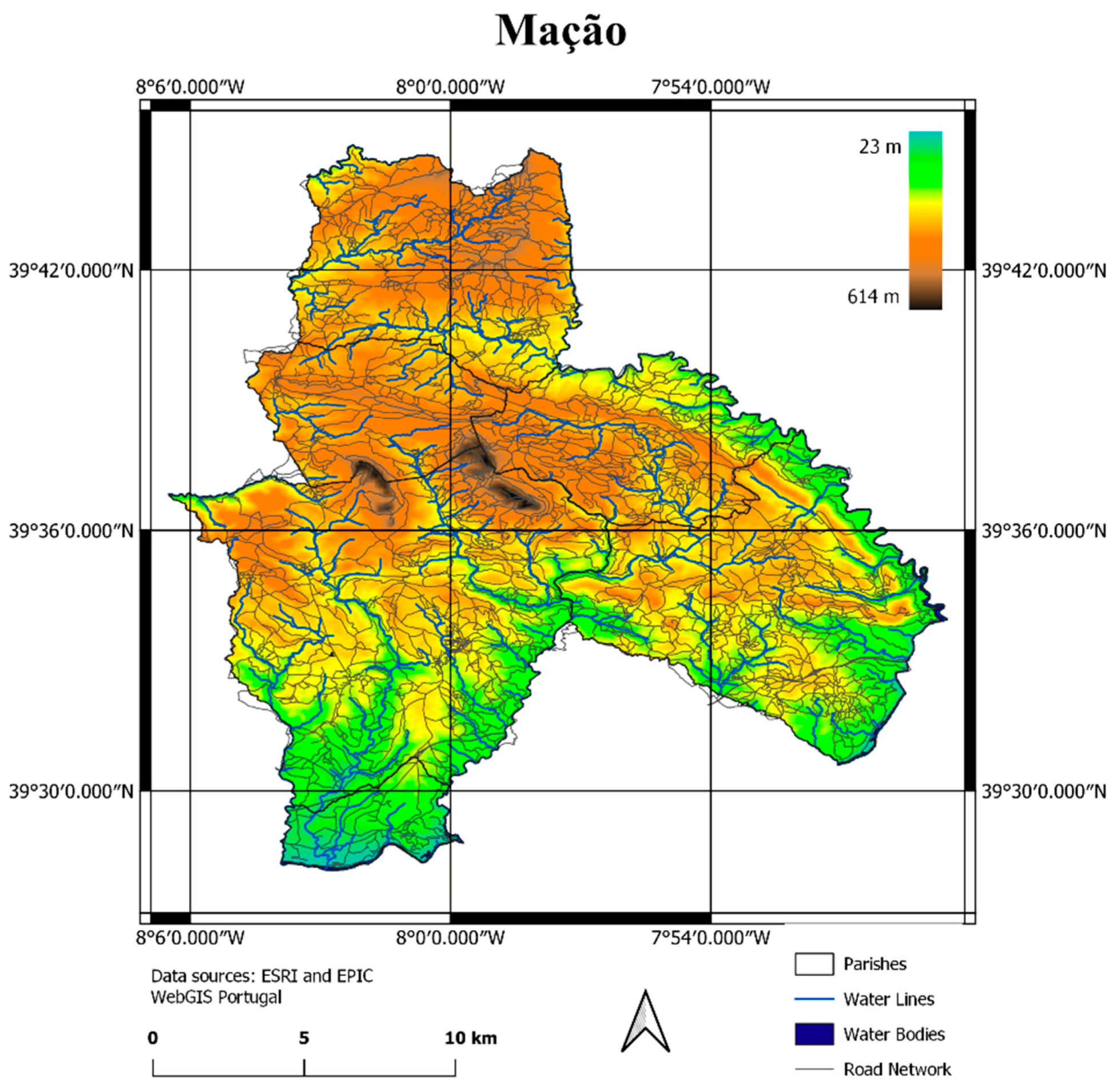
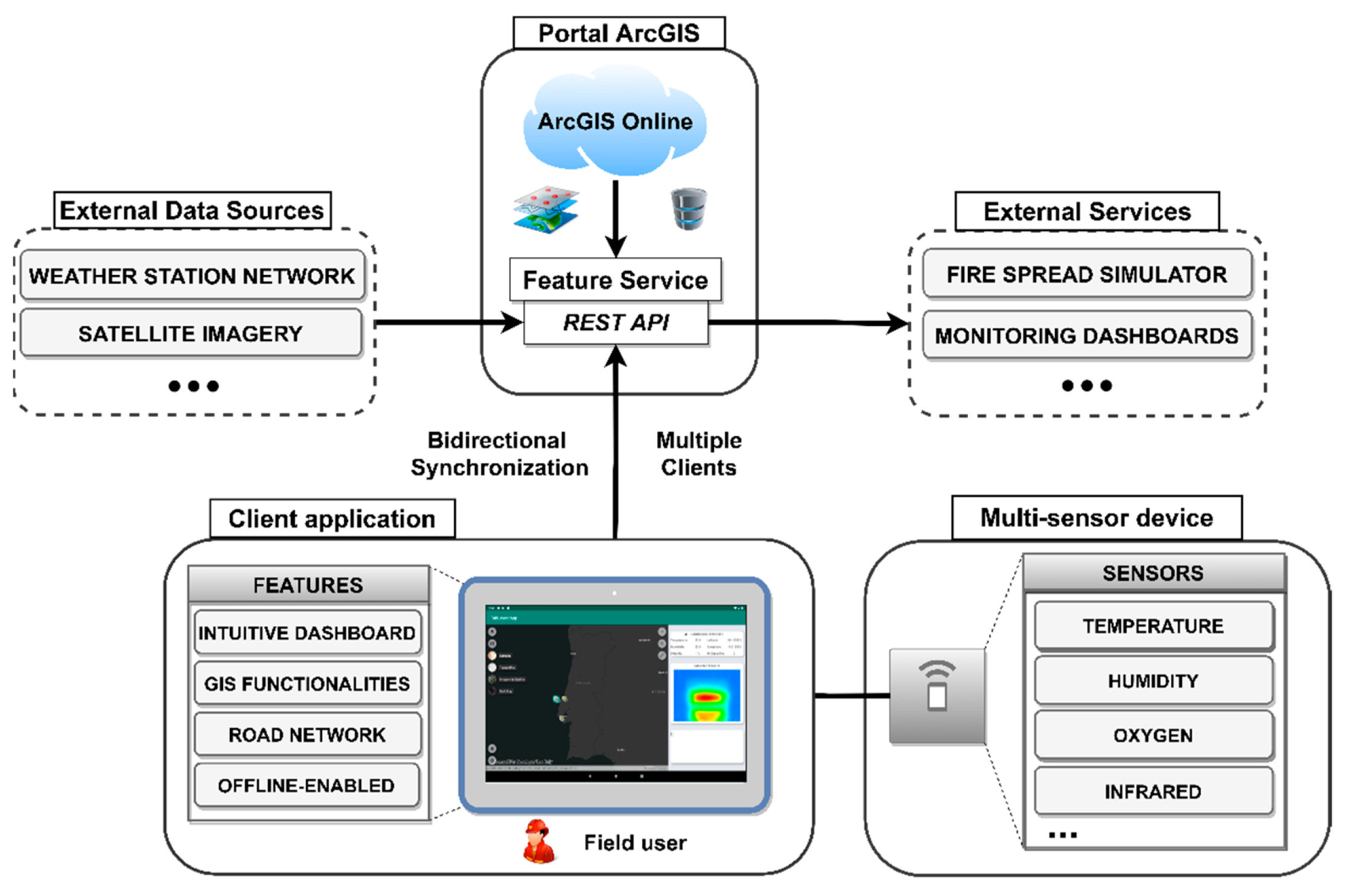
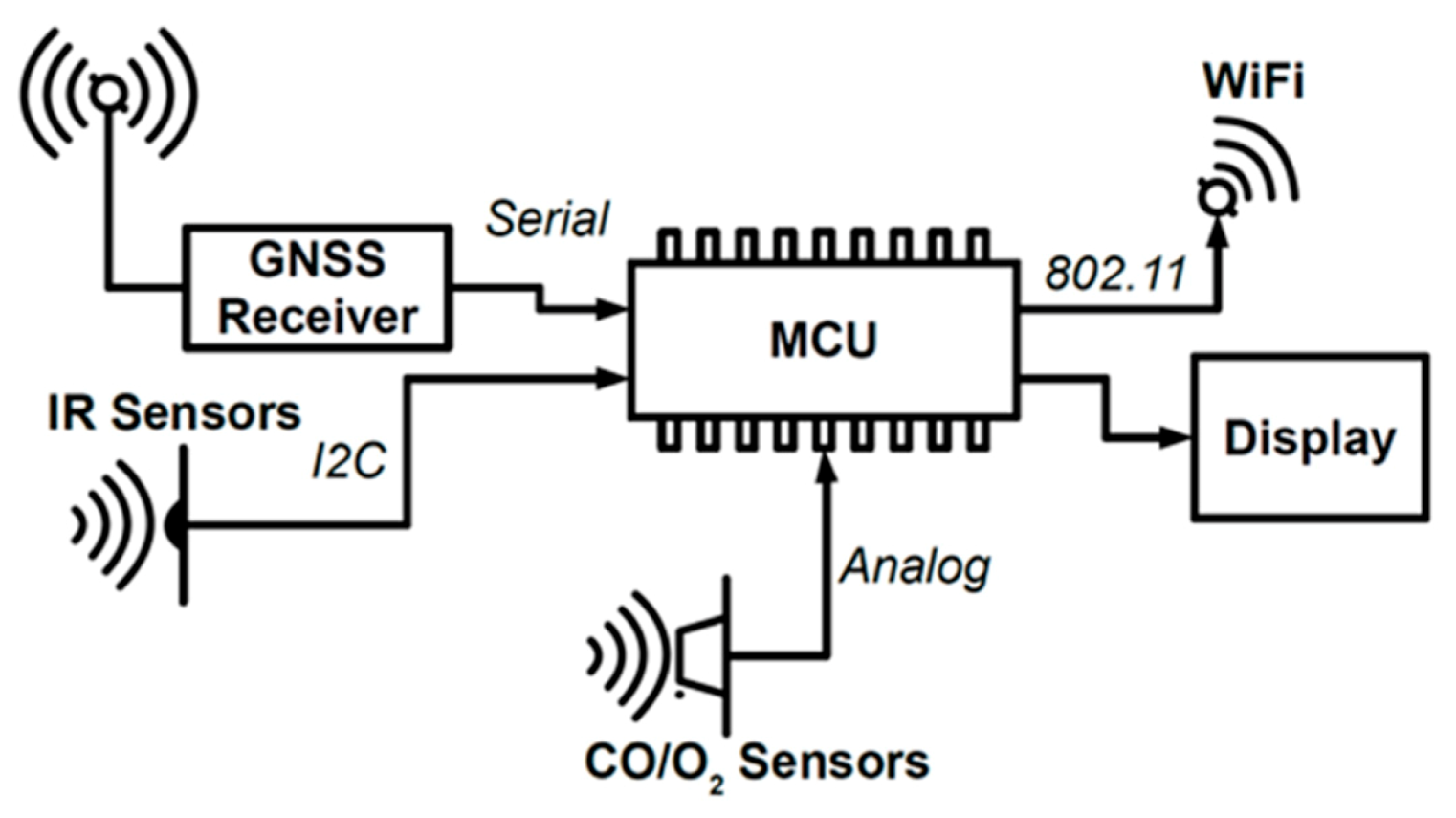
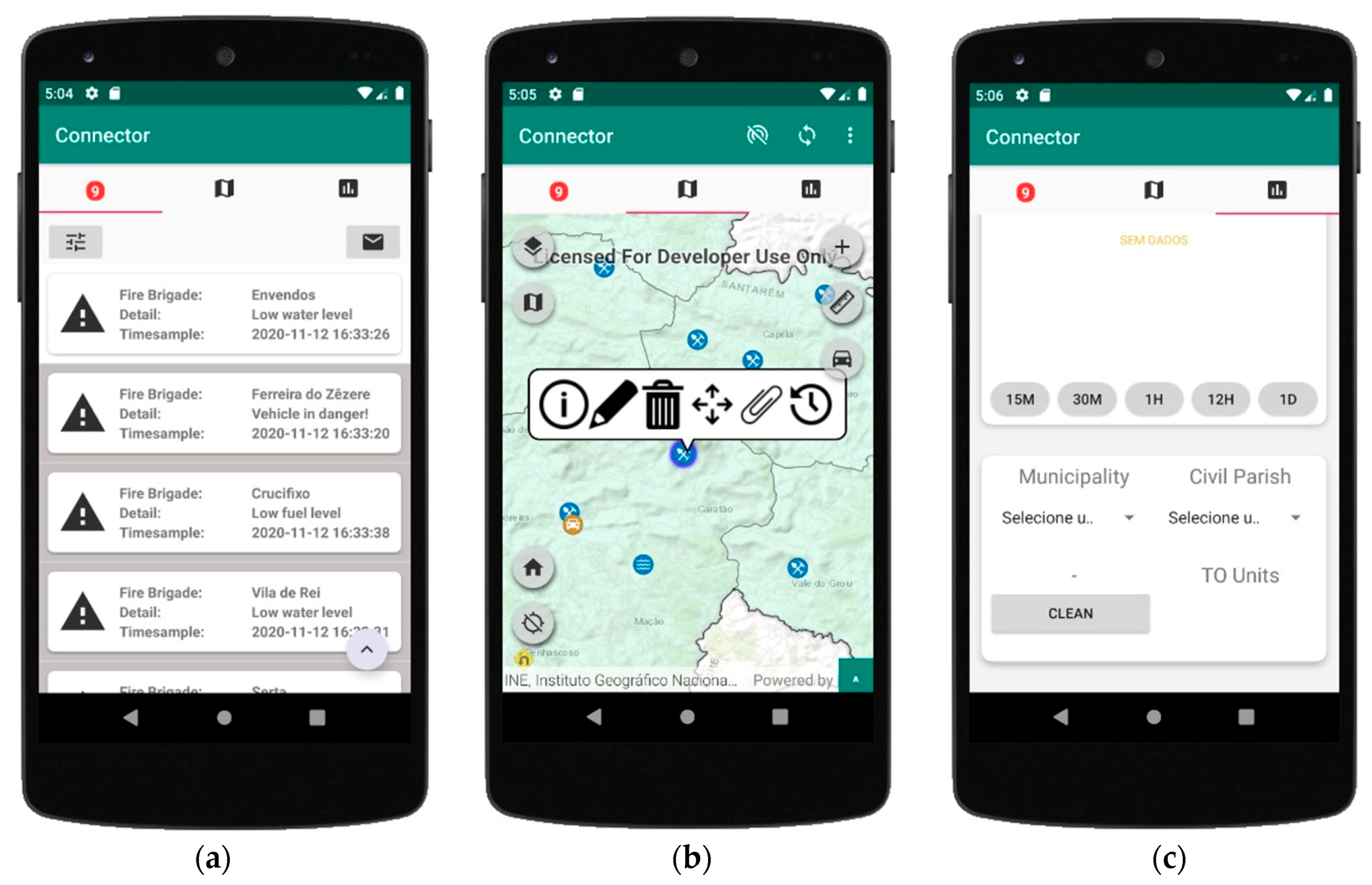
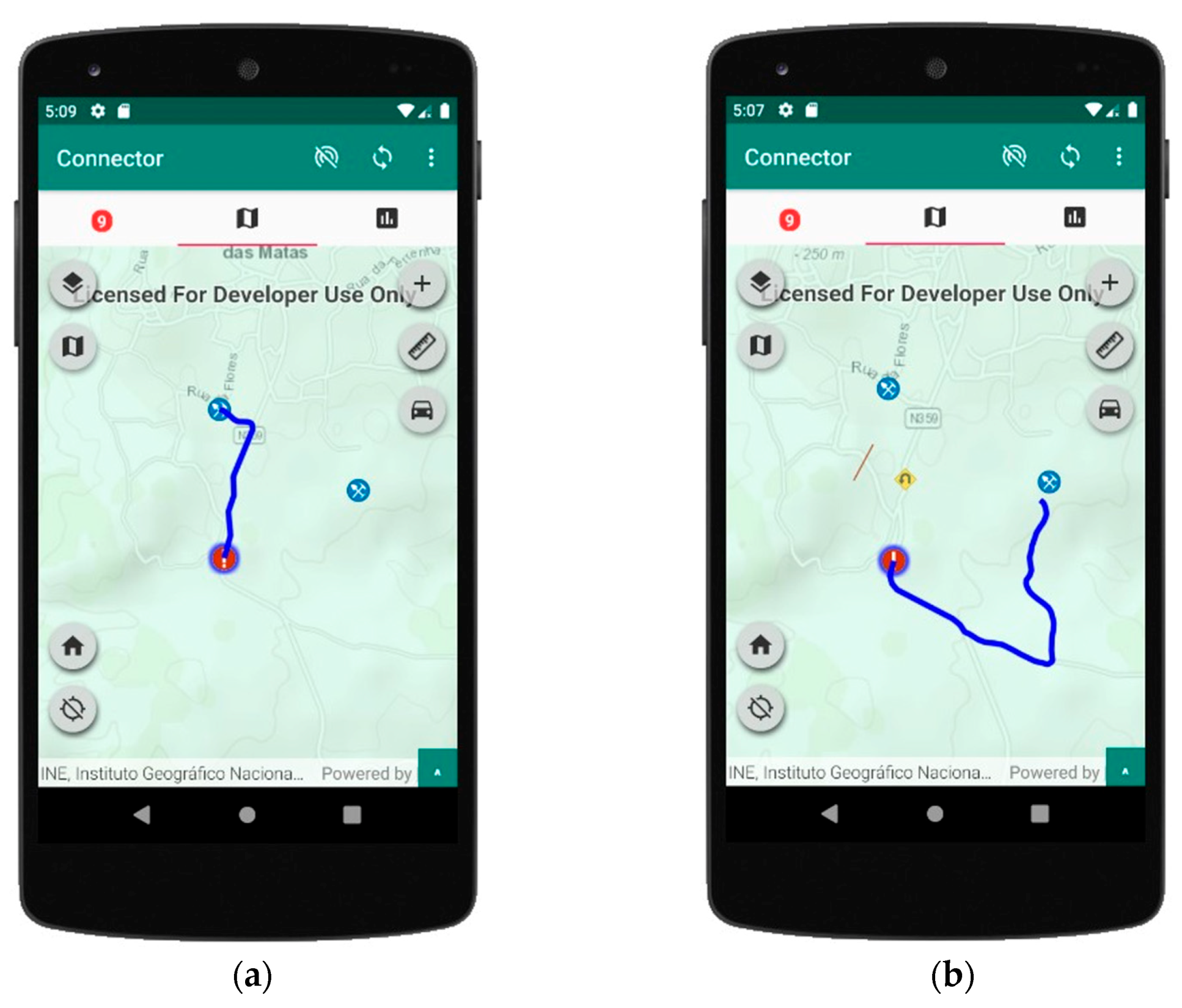
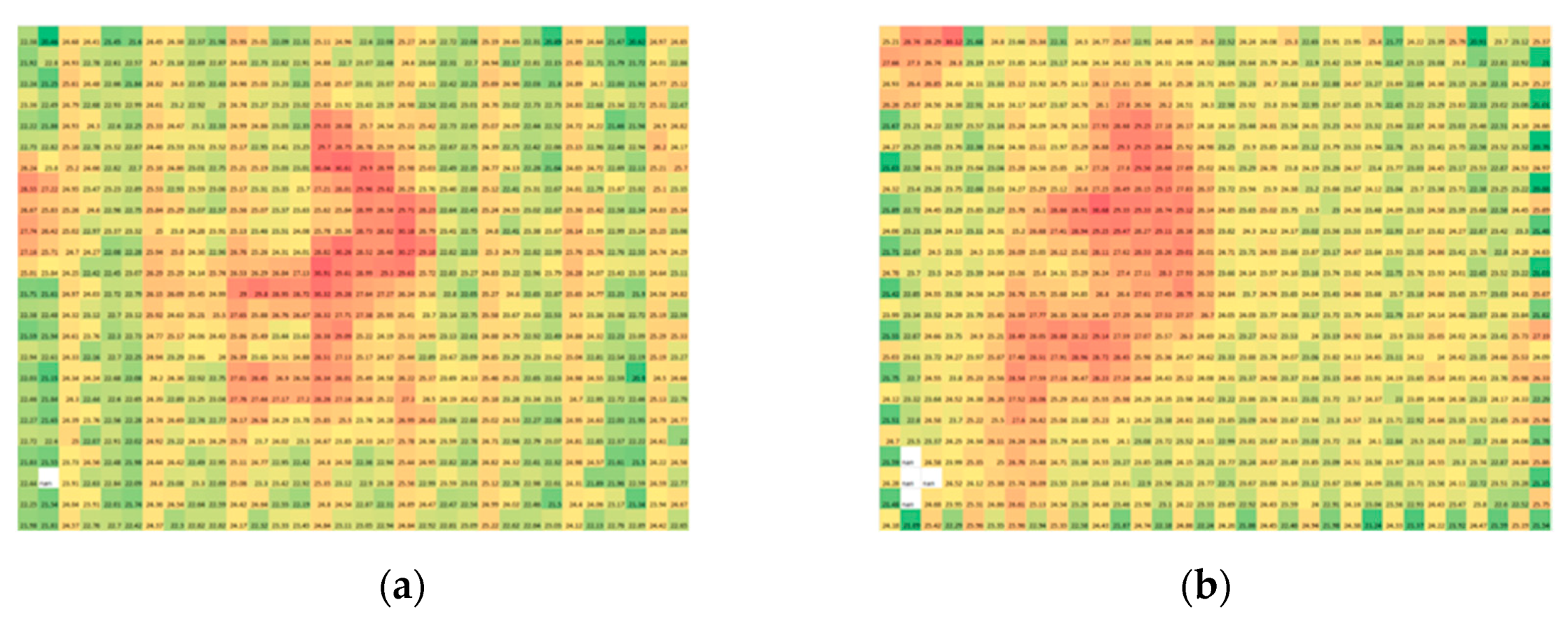

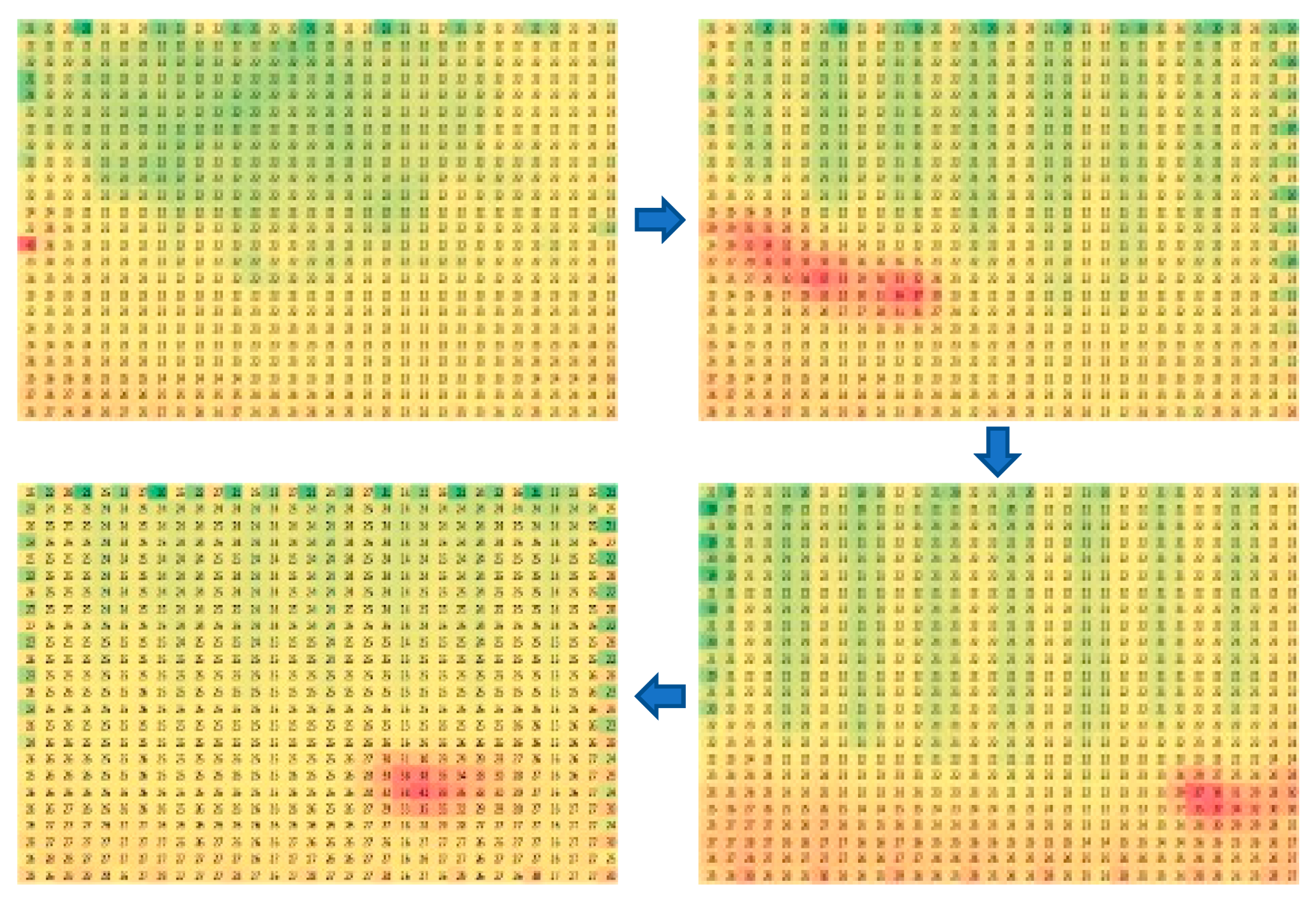
| Country | DSS | Multi-Sensor Systems | Satellite Image Processing | Fire Spread Simulation |
|---|---|---|---|---|
| Portugal | MacFIRE | GPS position of vehicles in operation | Google Earth data | no |
| Ciclope | high-resolution cameras for detection (visible, infrared) | no | no | |
| Bee2firedetection | high-resolution cameras for detection (visible, infrared); weather monitoring | no | no | |
| Spain | BOSQUE | high-resolution cameras for detection (visible, infrared) | no | no |
| Italy | BSDS | high-resolution cameras for detection (visible, infrared) | no | no |
| Germany | FIRE-WATCH | high-resolution cameras for detection (visible, infrared) | no | no |
| USA | WFDSS | high-resolution cameras for detection (visible, infrared); weather data and forecast | satellite images, land cover maps fuel condition, before and after fires | fire propagation modelling and simulation |
| Australia | AIIMS | high-resolution cameras for detection (visible, infrared); GPS position, weather forecast and local observations | satellite images, land cover maps fuel condition, before and after fires | fire propagation modelling and simulation |
| Greece | Virtual-Fire | high-resolution cameras for detection (visible, infrared) | satellite images, land cover maps | fire propagation modelling and simulation |
Publisher’s Note: MDPI stays neutral with regard to jurisdictional claims in published maps and institutional affiliations. |
© 2021 by the authors. Licensee MDPI, Basel, Switzerland. This article is an open access article distributed under the terms and conditions of the Creative Commons Attribution (CC BY) license (https://creativecommons.org/licenses/by/4.0/).
Share and Cite
Lourenço, M.; Oliveira, L.B.; Oliveira, J.P.; Mora, A.; Oliveira, H.; Santos, R. An Integrated Decision Support System for Improving Wildfire Suppression Management. ISPRS Int. J. Geo-Inf. 2021, 10, 497. https://doi.org/10.3390/ijgi10080497
Lourenço M, Oliveira LB, Oliveira JP, Mora A, Oliveira H, Santos R. An Integrated Decision Support System for Improving Wildfire Suppression Management. ISPRS International Journal of Geo-Information. 2021; 10(8):497. https://doi.org/10.3390/ijgi10080497
Chicago/Turabian StyleLourenço, Miguel, Luís B. Oliveira, João P. Oliveira, André Mora, Henrique Oliveira, and Rui Santos. 2021. "An Integrated Decision Support System for Improving Wildfire Suppression Management" ISPRS International Journal of Geo-Information 10, no. 8: 497. https://doi.org/10.3390/ijgi10080497









